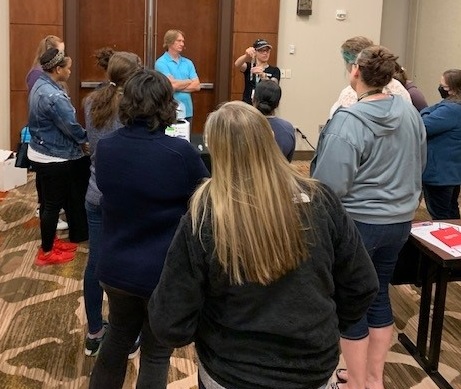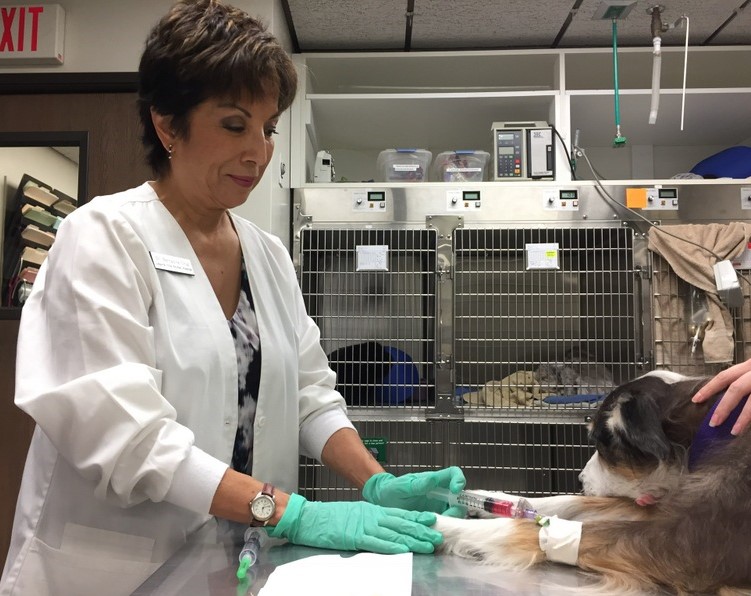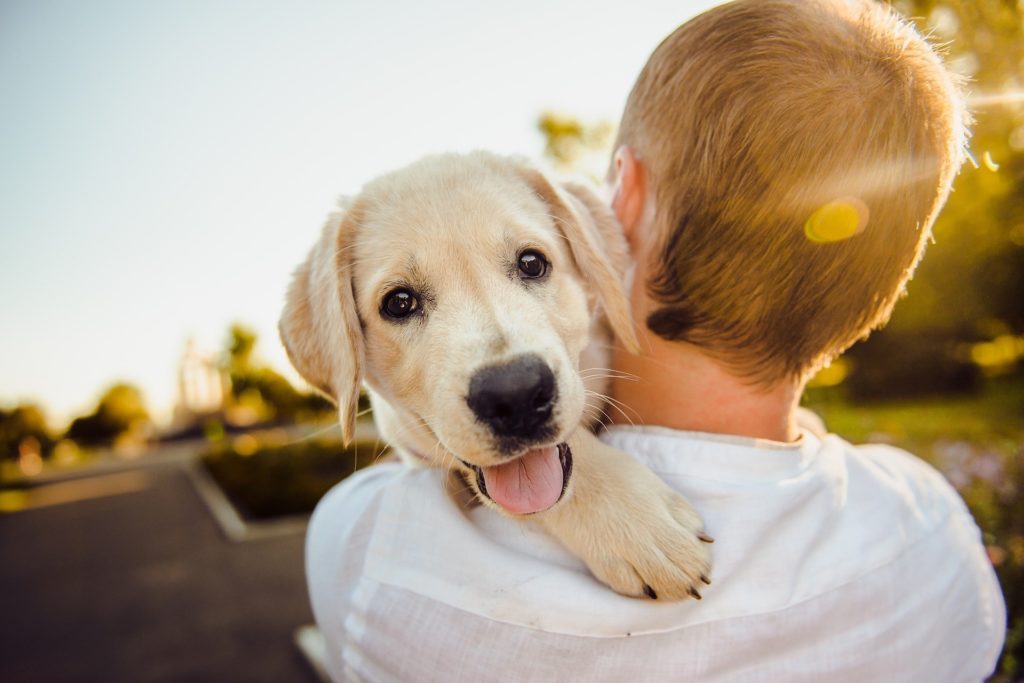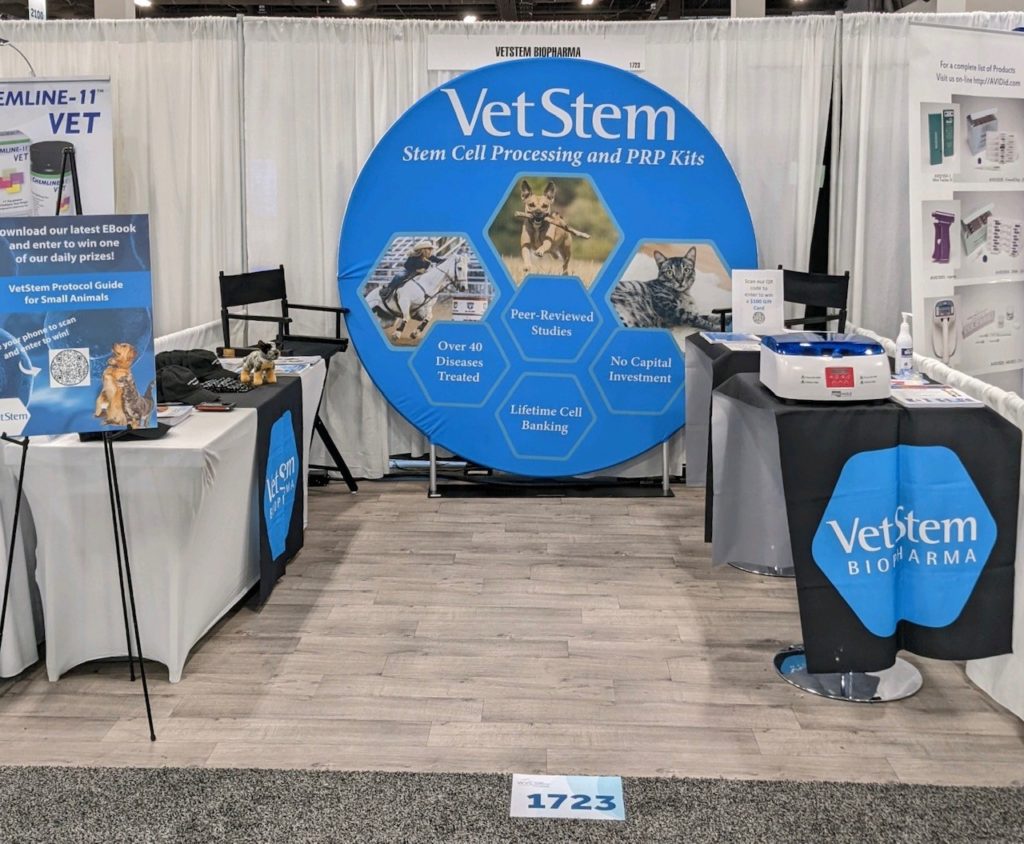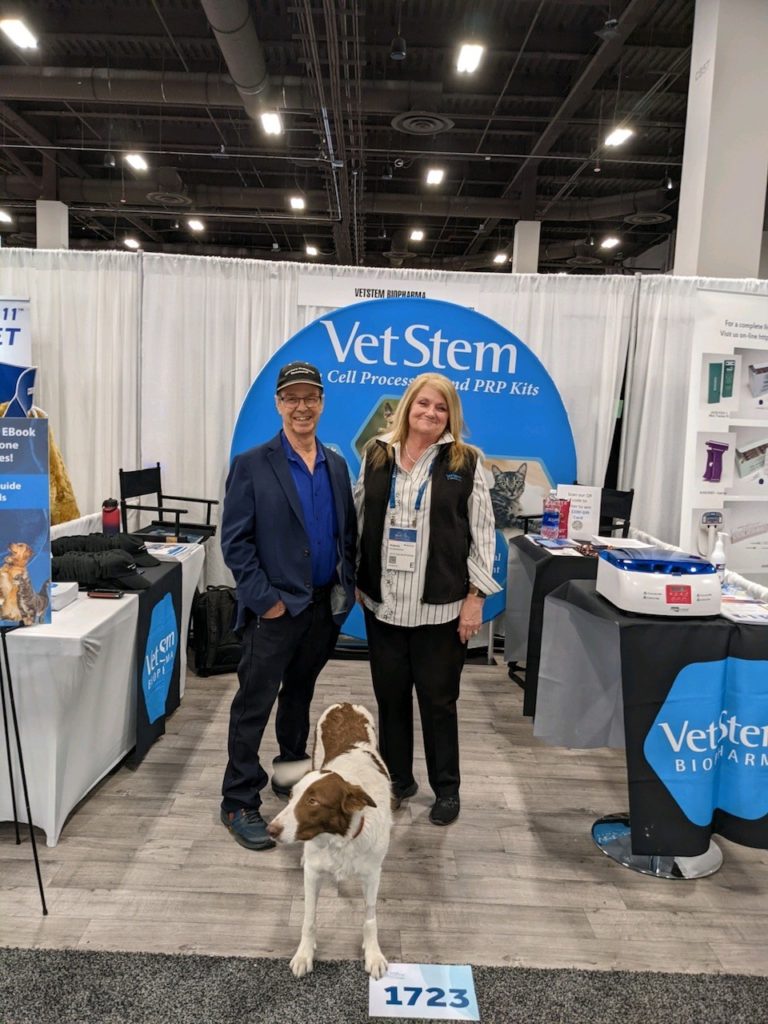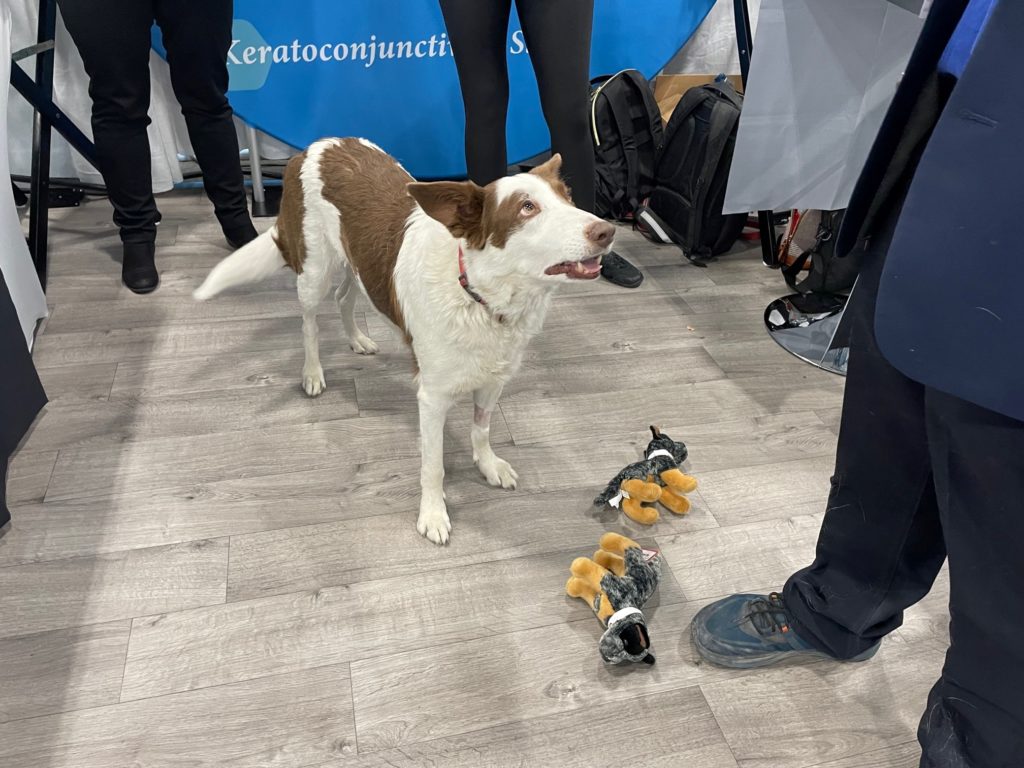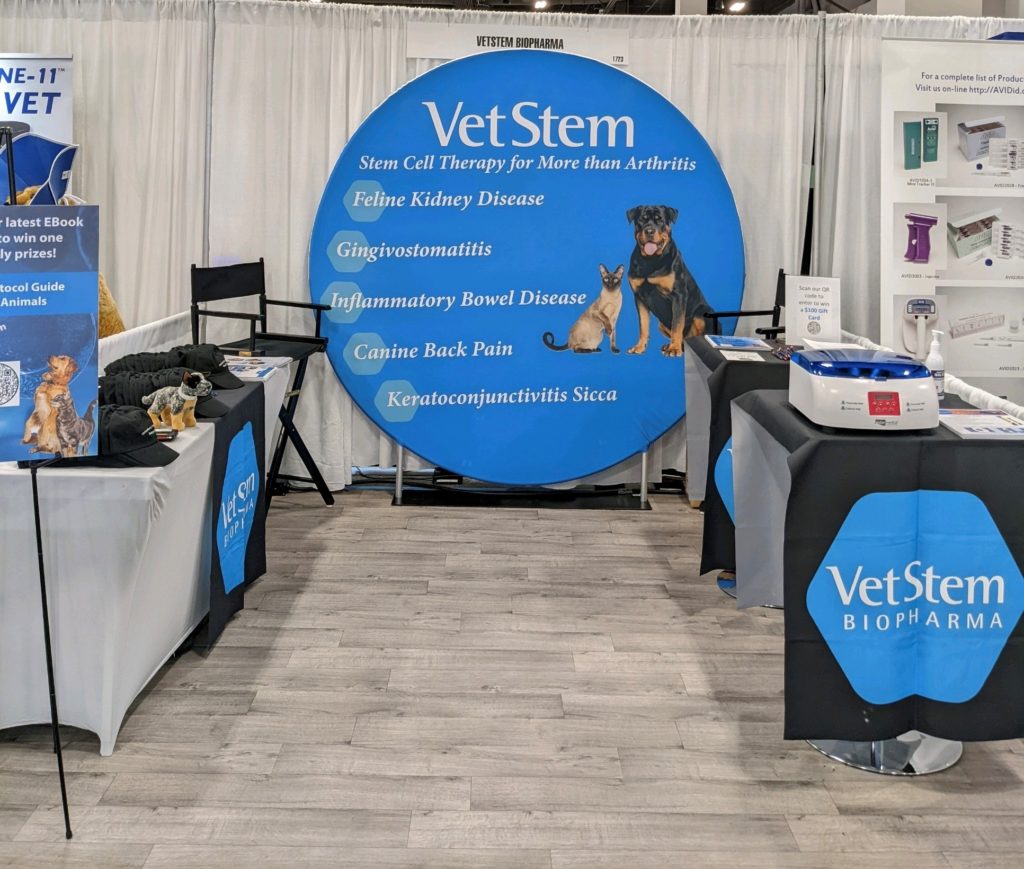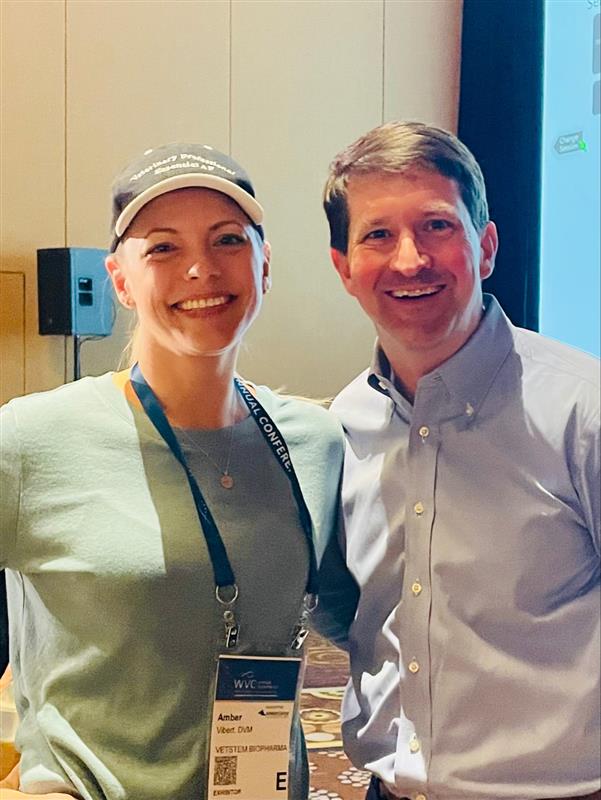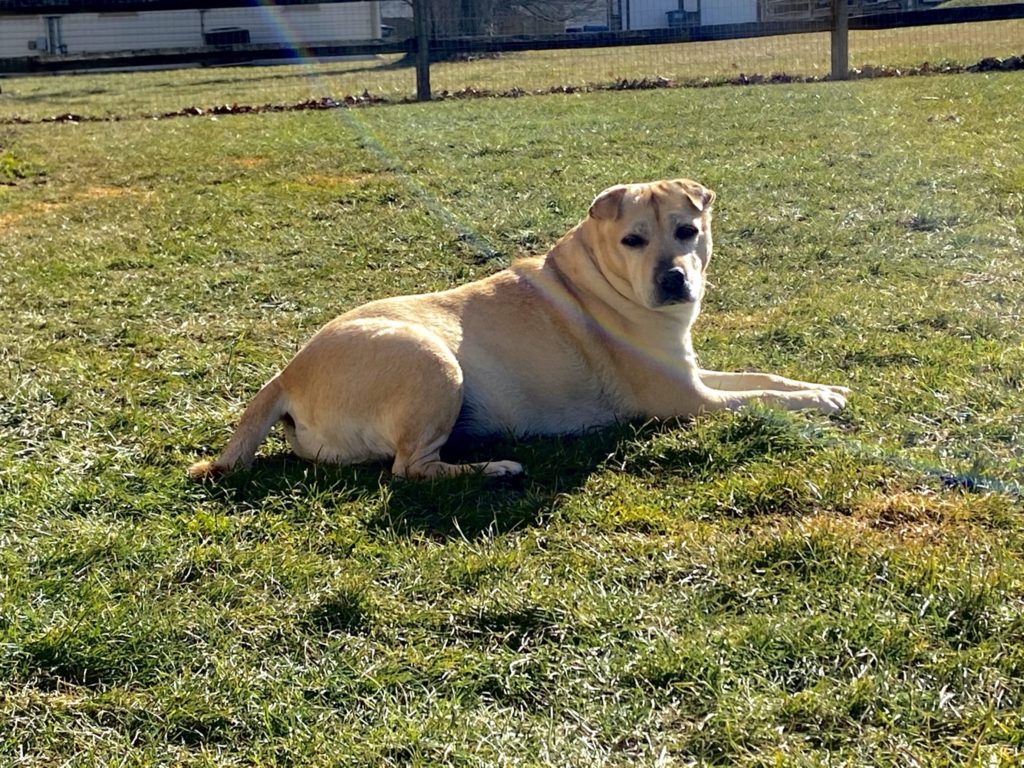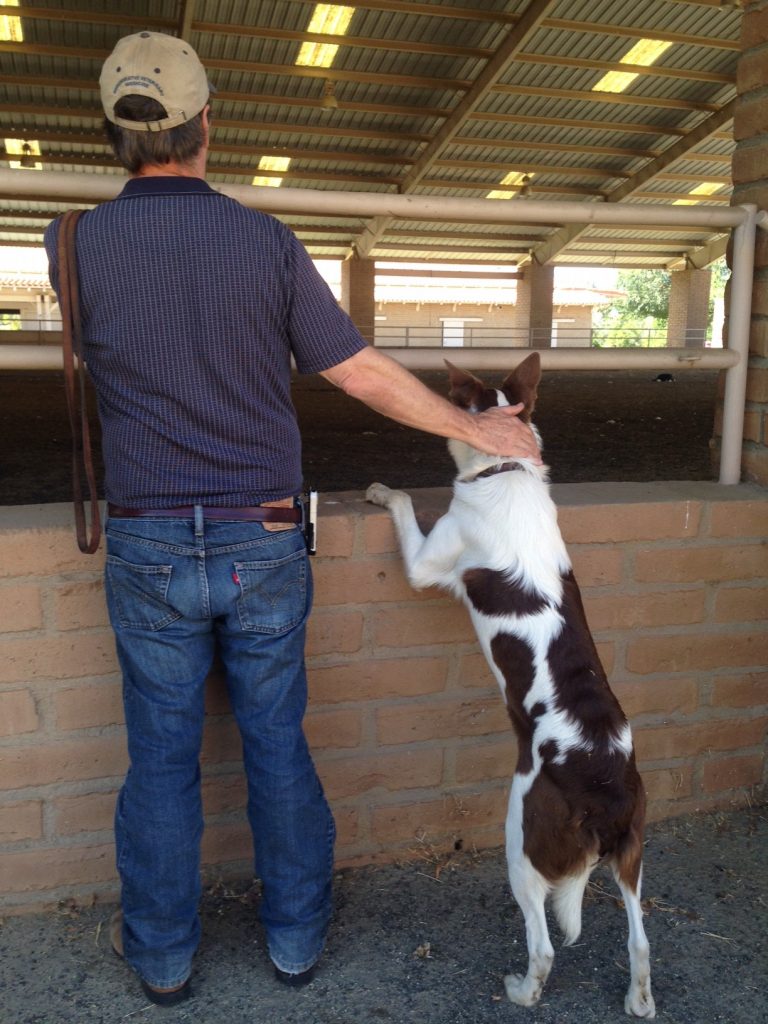VetStem’s Exotic Animal Program
Lately, we’ve shared news about our work with several species of exotic animals. VetStem has worked with a number of exotic animal organizations around the U.S. to provide stem cell therapy to sick and injured animals. You may remember our recent blogs about elephants and aquatic animals.
We’ve also discussed our work with bears, including Francis and Brody. Francis is a sun bear from the San Diego Zoo that received VetStem Cell Therapy for arthritis in several joints. Brody, a juvenile black bear in Florida, received VetStem Cell Therapy in conjunction with surgery for a condition that is similar to hip dysplasia in dogs. In addition to degenerative and congenital diseases, VetStem Cell Therapy has been used to treat traumatic injuries such as a sea turtle who was injured by a propeller as well as viral diseases as discussed in our blog about elephants.
Recently, VetStem Chief Development Officer, Dr. Anne Hale, visited The Preserve in Texas to discuss the use of stem cells in some of their older elephants and giraffes. According to their website, “The Preserve is dedicated to expanding elephant education, knowledge, and conservation. These efforts have brought about numerous professional accolades and recognition. We’re committed to doing our part to help save elephants from extinction.”
Dr. Hale stated, “I was honored to meet The Preserve family and look forward to supporting their efforts to keep these wonderful animals healthy and happy.”
At VetStem, we recognize our duty to these exotic and endangered animals. We take our job very seriously when it comes to the research and development of innovative regenerative medicine treatments for animals and diseases that have minimal treatment options. For those who may be interested in having an exotic animal treated or contributing to the exotic animal cell therapy program, we encourage you to reach out to VetStem personnel.
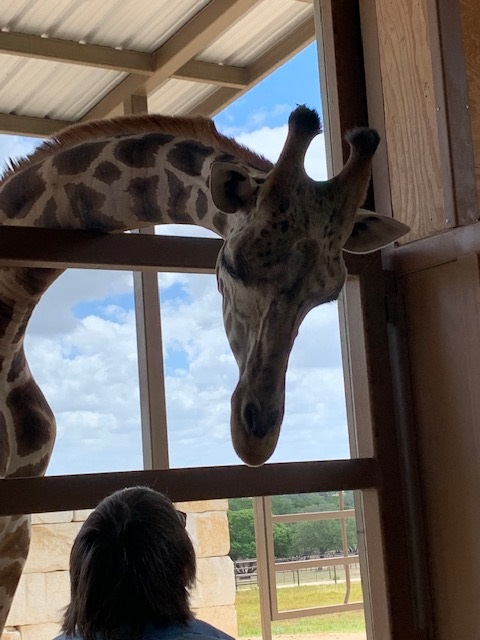
Dr. Hale visiting with Gus at The Preserve 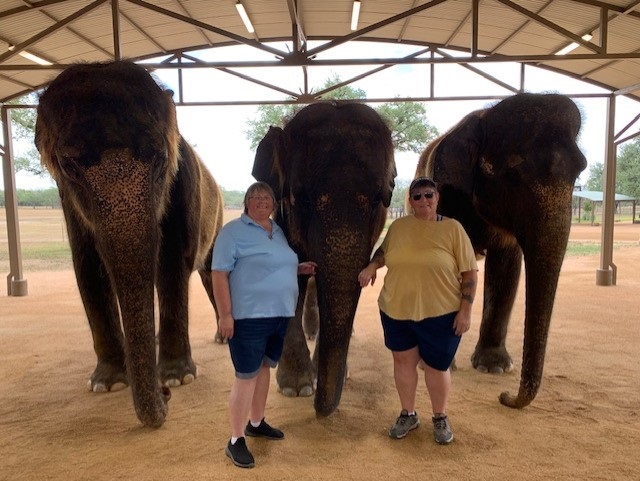
Dr. Hale and Laurie with elephants Kittie, Rosie, and Becky


